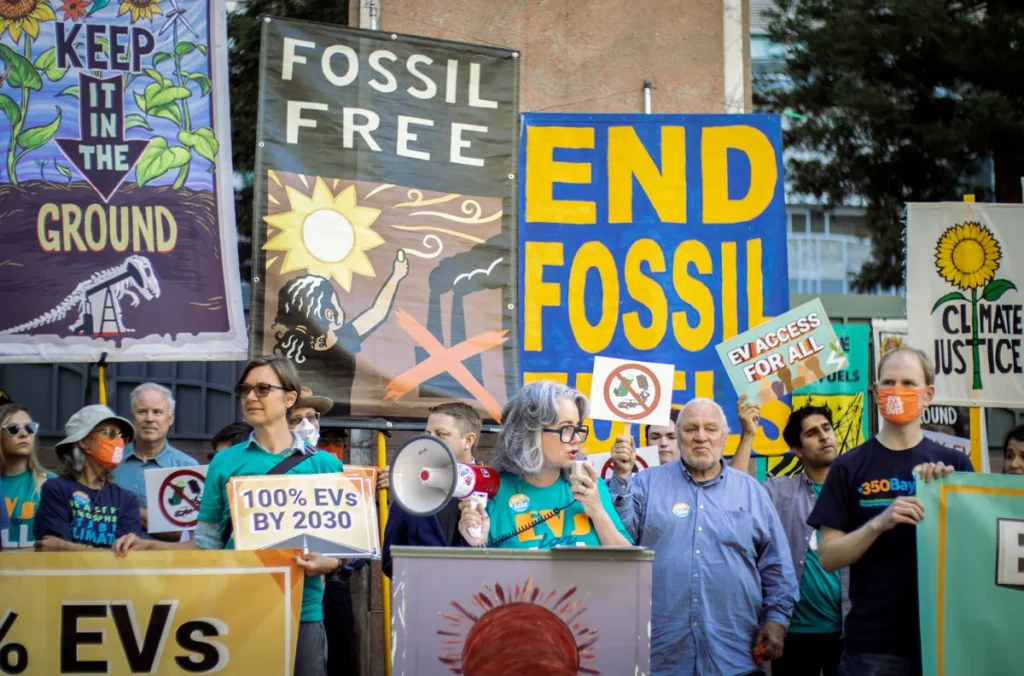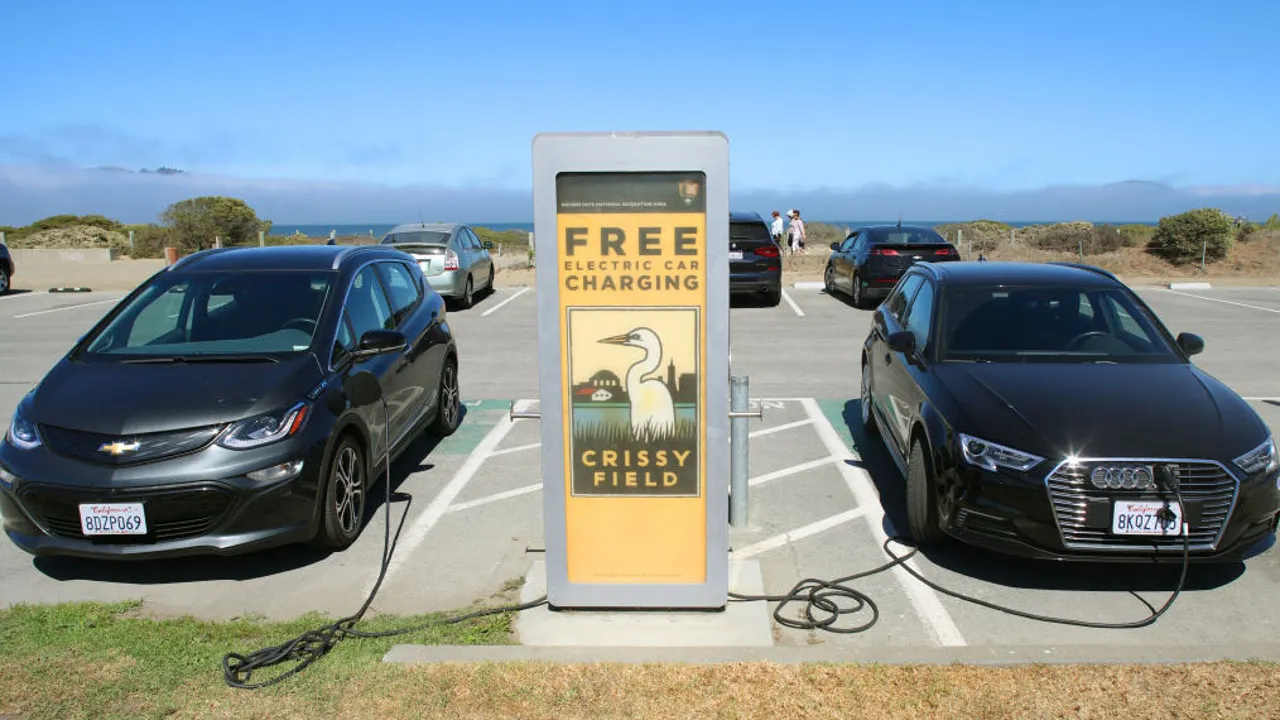September 5, 2024 – Washington D.C. :-The United States is at a crucial juncture in the adoption of electric vehicles (EVs), driven by evolving regulatory changes. With the Biden administration placing a strong emphasis on climate change, the Environmental Protection Agency (EPA) has introduced new rules aimed at transforming the automotive and energy sectors. These changes signal a significant shift toward clean energy, benefiting consumers, manufacturers, and the future of transportation.
Under the new EPA regulations, automakers are required to meet ambitious goals for cutting greenhouse gas emissions and boosting EV production. By 2030, the agency aims to reduce emissions by 56%, pushing manufacturers to produce more zero-emission vehicles while reducing reliance on internal combustion engines. Incentives for companies exceeding these production targets are part of a broader strategy to increase the availability and affordability of EVs in the U.S. market.

The impact on automakers is profound. Major companies such as General Motors, Ford, and Tesla are leading the charge, accelerating their efforts to electrify their fleets. General Motors, for example, has committed to phasing out gasoline-powered vehicles by 2035. Automakers are also investing in advanced battery technology, improving charging infrastructure, and reconfiguring supply chains to secure critical raw materials like lithium and cobalt.
Consumers are expected to reap numerous benefits from these changes, including lower emissions, reduced fuel costs, and access to tax incentives. While electric vehicles produce zero tailpipe emissions, helping to combat urban air pollution, their initial purchase price remains higher than traditional vehicles. However, the EPA’s push for increased production is likely to drive down costs, making EVs more accessible to a broader audience. In addition, many states offer tax credits, rebates, and incentives to help ease the financial burden on consumers transitioning to electric.
Challenges remain, such as expanding EV charging infrastructure and addressing “range anxiety”—the fear that an electric vehicle’s battery will not last as long as a gas-powered car on long trips. Yet, advancements in battery technology continue to improve EV range, and efforts are underway to build more charging stations, particularly in rural areas.

The federal government has played a vital role in this shift. Investments in green infrastructure, including billions of dollars allocated for EV charging stations under the Infrastructure Investment and Jobs Act, are part of the administration’s broader efforts to support the clean energy transition. The government also provides up to $7,500 in tax credits for EV purchases, incentivizing consumers to make the switch.
Looking ahead, the future of electric vehicles is bright. By 2030, EVs are expected to dominate new car sales, with manufacturers competing to develop better, more affordable technology. Charging infrastructure will continue to expand, and the integration of renewable energy will further enhance the environmental benefits of EVs. The Biden administration’s focus on clean energy, coupled with the EPA’s new regulations, is shaping a future where electric vehicles play a central role in the fight against climate change.

